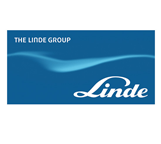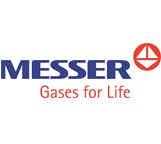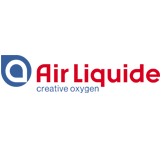Oxygen
Oxygen is the third most abundant chemical element in the universe, after hydrogen and helium, diatomic oxygen gas constitutes 20.8% of the Earth's atmosphere .
Oxygen is the most frequent element in our living space. At atmospheric pressure and room temperature, oxygen is a colourless and odourless gas.
Applications of Oxygen Many industrial processes are using air for combustion and chemical oxidation
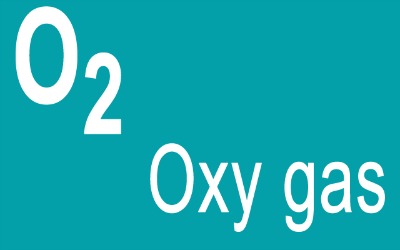
In the processing industry and autogenous technology, oxygen is used to:
- Coat work pieces using oxy-fuel gas flame spraying
- Operate high-performance burners
- Derust steel sheets or rework concrete surfaces by flame blasting remove flash from metal die castings by explosion deburring (in a pressure chamber with an O2/H2 or O2/CH4 mixture)
In metallurgy and the steel industry, oxygen is used to:
- Refinepig iron in converters increase the performance of induction furnaces in the manufacture of cast iron (using O2 burners)
- Increase the performance of shaft or cupola furnaces in the manufacture of cast iron
- Increase the performance of blast furnaces by injecting O2
- Preheat casting ladles
- Increase the performance of furnaces in non-ferrous metallurgy
- Boost reheating and annealing furnaces in rolling mills, processing lines and forges
- With additional oxy-fuel burners
In chemistry, energy engineering and environmental protection, oxygen is used to:
- Produce chemical products through oxidation of inorganic raw materials and organic raw materials
- Generate synthesis gases
- Regenerate catalysts (for example: burn off adsorbed coke in the Fluid Catalytic Cracking (FCC) process, see Example H below)
- Operate power stations with low emissions, e.g. through coal gasifi cation with O2 and subsequent removal/recycling/sequestration of CO2 treat waste water in biological sewage works - prevent anaerobic digestion processes in pressurised sewers
- Produce chemical pulp from wood chips in paper manufacturing
- Produce ozone for hygiene and chemical purposes
- Treat solid waste products in gasifi cation plants
- Treat flame-resistant, harmful liquids
- Enable oxidative treatment of drinking water
In engineering, food treatment and medicine, oxygen is used to:
- Substitute chemicals in meat and sausage preparation
- Preserve packaged food
- Oxygenate water in fi sh-farming basins or containers for transporting fish
- Provide respiratory gas in aircrafts
- Support and enable various medical applications
- Besides, oxygen is used to:
- Recover energy and raw materials
- Improve finish on industrial products
- Manufacture semiconductor components
- Improve burnout, slag liquefaction and emission values
- Increase the performance of melting devices and emission control units
Production
One hundred million tonnes of oxygen are extracted from air for industrial uses annually by two primary methods: fractional distillation and distilling.
Oxygen gas can also be produced through electrolysis of water into molecular oxygen and hydrogen.
A similar method is the electrocatalytic oxygen evolution from oxides and oxoacids. Chemical catalysts can be used as well, such as in chemical oxygen generators or oxygen candles that are used as part of the life-support equipment on submarines, and are still part of standard equipment on commercial airliners in case of depressurization emergencies
SIGMA CO., LTD
Address: K47/8 Le Ba Trinh street, Hoa Cuong Bac ward, Hai Chau district, Da Nang city, Viet Nam
Tel: 0084 236 3602165
Fax: 0084 236 3624767
Business code: 0400636872
Email: businesscenter@sigmagroup.com.vn
Website: sigmagroup.com.vn
Customer
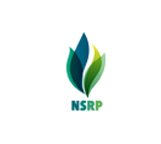 Nghi Son Refinery and Petrochemical LLC
Nghi Son Refinery and Petrochemical LLC
 Nhat Viet Transportation Corporation
Nhat Viet Transportation Corporation
 Thach Bich Mineral Water Factory
Thach Bich Mineral Water Factory
 Dana - Y Steel Joint Stock Company
Dana - Y Steel Joint Stock Company
 Da Nang Hospital for Women and Children
Da Nang Hospital for Women and Children
 Truong Hai Auto Corporation
Truong Hai Auto Corporation
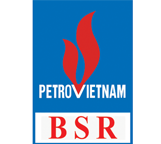 Dung Quat Refinery
Dung Quat Refinery
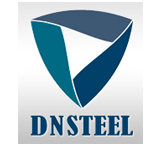 Da Nang Steel Joint Stock Company
Da Nang Steel Joint Stock Company
- S.I.G.M.A MARKET RESEARCH AND MANAGEMENT CONSULTING COMPANY LIMITED
- BN: 0400636872
- Address: K47/8 Le Ba Trinh Street, Hoa Cuong Bac Ward, Hai Chau District, Da Nang City, Viet Nam
- Phone: 0084 236 3602165
- Fax: 0084 236 3624767
- Email: businesscenter@sigmagroup.com.vn
- Website: http://sigmagroup.com.vn

